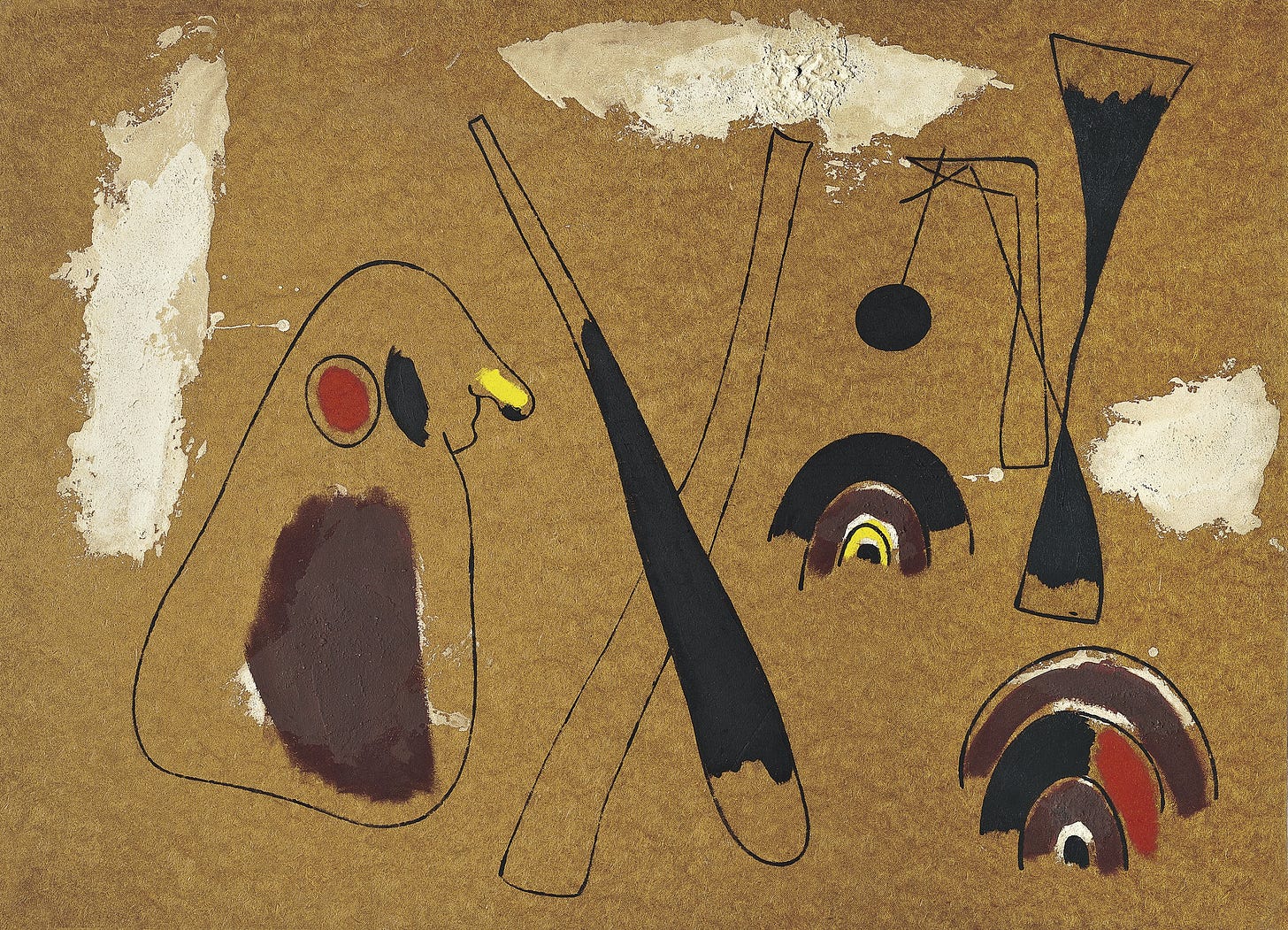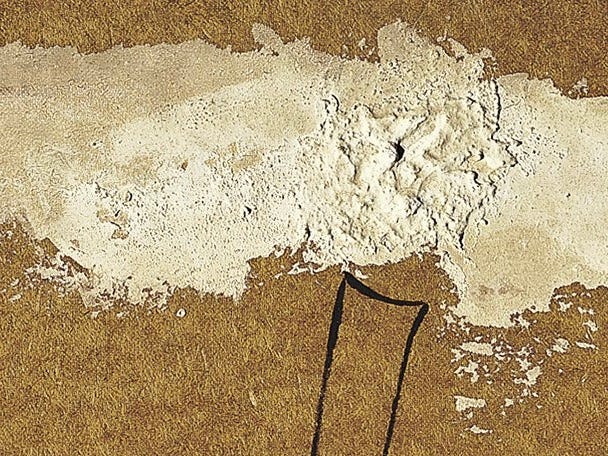Building Materials: Masonite
Access to the storage space under the eaves was provided by sliding doors crudely constructed of thin sheets of pressed wood fibers that were sold under the trade name Masonite, with a simple finger hole drilled through each door to allow one to get a grip on it and slide it in its track to one side.
Little Follies, “Take the Long Way Home”
Masonite is formed using the Mason method, in which wood chips are disintegrated by saturating them with 100-pound-per-square-inch (690 kPa) steam, then increasing the steam or air pressure to 400 pounds per square inch (2,800 kPa) and suddenly releasing them through an orifice to atmospheric pressure. Forming the fibers into boards on a screen, the boards are then pressed and heated to form the finished product with a smooth burnished finish. (Later a dry process with two burnished surfaces was also used.) The original lignin in the wood serves to bond the fibers without any added adhesive. The long fibers give Masonite a high bending strength, tensile strength, density, and stability. Unlike other composite wood panels, no formaldehyde-based resins are used to bind the fibers in Masonite.
A product resembling masonite (hardboard) was first made in England in 1898 by hot-pressing waste paper. Masonite was patented in 1924 in Laurel, Mississippi, by William H. Mason, who was a friend and protégé of Thomas Edison. Mass production started in 1929. In the 1930s and 1940s, Masonite was used for applications including doors, roofing, walls, desktops, and canoes. It was sometimes used for house siding.
Artists have often used it as a support for painting . . .
Art Materials: Masonite

Have you missed an episode or two or several?
You can begin reading at the beginning or you can catch up by visiting the archive or consulting the index to the Topical Guide.
You can listen to the episodes on the Personal History podcast. Begin at the beginning or scroll through the episodes to find what you’ve missed.
At Apple Books you can download free eBooks of “My Mother Takes a Tumble,” “Do Clams Bite?,” “Life on the Bolotomy,” “The Static of the Spheres,” “The Fox and the Clam,” and “The Girl with the White Fur Muff,” the first six novellas in Little Follies.
You’ll find an overview of the entire work in An Introduction to The Personal History, Adventures, Experiences & Observations of Peter Leroy. It’s a pdf document.



